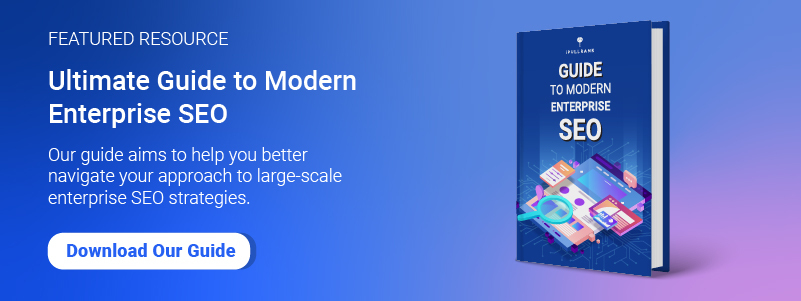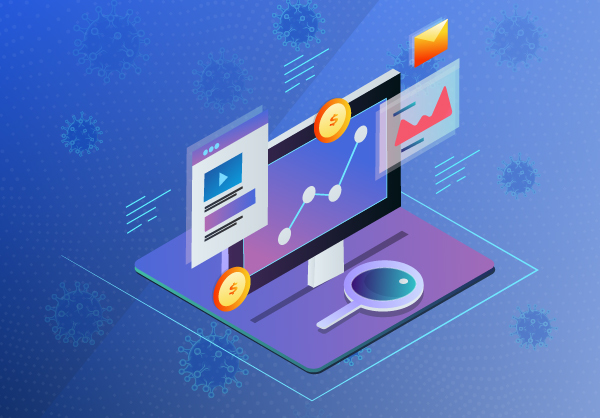The world has changed.
Whether we like it or not, COVID-19 has had a resounding impact on the way that we communicate, work, and shop. This event is so profound that many experts believe that we’ll never truly go back to the way that things were.
So, what does that mean for your business?
Well, the good news is that there are opportunities out there to earn sales and build relationships with your clients. Consumers that may have been wary of eCommerce in the past have had no choice but to switch to the digital world. Nielsen reported that video consumption will rise by 60%, and there’s been a 39% increase in daytime content streaming.
Everyone’s online, and everyone is searching for something.
That means that your Paid and Organic Search strategy needs an update – and fast.
As the shift from offline to online accelerates, it’s time for you to figure out how you’re going to put yourself in the perfect front-of-mind position with your prospects.
The Changing Nature of Search
To understand why your Paid and Organic Search strategies are so essential right now, let’s take a look at the facts.
A recent survey found that consumers believe that the Coronavirus outbreak has already changed their shopping behavior. With malls and shopping centers closed, your consumers are more likely to find you online than anywhere else.
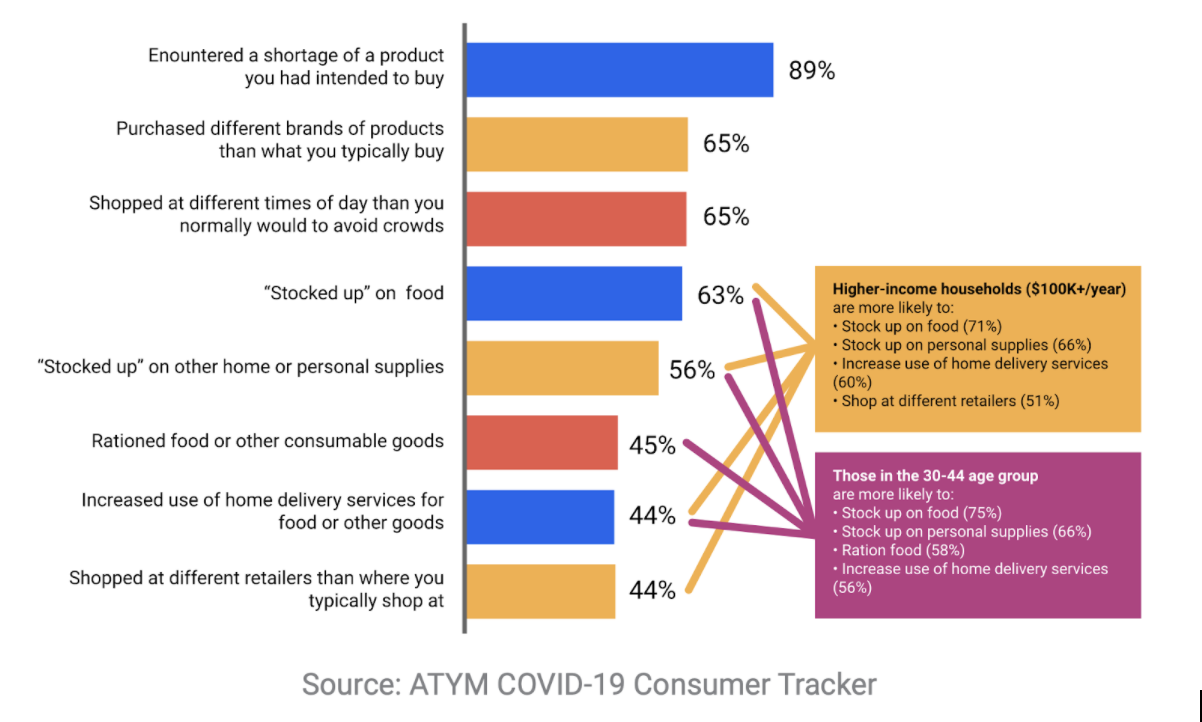
Unfortunately, with all the panic in the marketplace, and endless uncertainty to think about, many companies have begun to change their PPC and SEO budgets. Some advertisers have reported Google Search ads losing 7% of their impressions from January 13th to March 9th, 2020, while Organic performance began to spike.
Organic Search visibility experienced a 300% increase in the period of January 19th to March 19th for the DailyBurn and similar brands.
So, does this mean that you should ditch your PPC and go all-in on SEO?
Not necessarily.
Instead, the answer could be to take a new approach to both facets of your Search strategy.
Here are our top tips to get you started.
Step 1: Create the right content
Content is crucial in this chaotic landscape.
According to a Forrester report from March 2020, consumer sentiment has changed since COVID-19, and many feel less optimistic that companies will follow through on their promises.
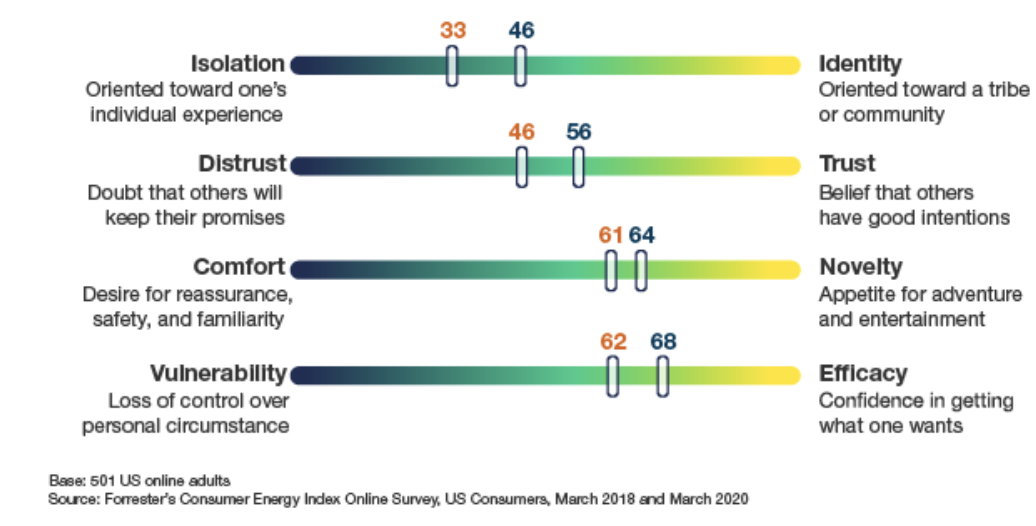
Businesses need to take advantage of this demand for trust by creating the kind of content that their audience can believe in. Now is the time to be reassuring and thoughtful with your marketing campaigns. Studies from Conductor indicate that brands that deliver educational content are 48% more likely to gain sales, so that’s a good place to start.
For instance, here at iPullRank we released an e-book on marketing in the age of COVID-19 and rolled out a dedicated resource hub that you can visit for strategic SEO and content marketing advice.

It’s content like this that shows your audience that you understand their needs and can deliver the kind of information that benefits them.
Step 2: Be Proactive about Web Presence
This is something that you should have been doing from day one in your marketing campaigns.
Any great advertiser will tell you that you can’t just publish content and expect to gain amazing results forever. You need to work on constantly optimizing your digital presence.
For instance, in 2018, Google introduced us to the E-A-T algorithm, prioritizing expertise, authority, and trust. Taking the time to update your brand now to ensure that you demonstrate more of those free factors will help your brand to grow in the future.
Try some of the following steps:
- Update your schema: Updating your schema is the best way to make sure Google will show the most accurate details about your company. If you’re an eCommerce company, you can update product availability schema to keep your consumers informed. If your business has a physical location, you can implement COVID-19 announcements related to shopping restrictions by adding the SpecialAnnouncement structured data to your web pages.
- Update your Google Business Profile: Want to make sure that your customers know exactly what’s going on with your business operations? Use your Google Business Profile. This could include updating your hours of operation, business description, providing new contact info, or publishing announcements.
- Watch the Google Search Console: Keeping an eye on where your customers are coming from, and what kind of searches they’re conducting is crucial right now. You might notice that the demand for products and services associated with your business has shifted. You can identify this by checking the Performance report. If you’re seeing impressions for your product queries or clicks to your product landing pages have changed, now is the time to adjust your operations to suit your customers.
Step 3: Audit Your Upcoming Campaigns
If you’re a well-organized person (or team), you may have already built a pipeline of PPC and SEO campaigns to roll out in the months to come.
However, now that things have changed, it’s worth double-checking to ensure that nothing comes across as insensitive or tone-deaf. You want to make sure that your messaging highlights the compassion and empathy that your brand has right now.
Take KFC for example, at any other time, finger-licking good ads from the company would seem perfectly normal. However, as the demand for extra hygiene measures sky-rocketed with COVID-19, an ad like this would come across as careless:

At this time, getting your PPC and SEO ads right is about more than just targeting the right keywords and getting technical. You need to think about the voice that you’re creating for your company, and the way it’s going to sound to your audience.
This Stay-at-Home ad from Guinness is an excellent example of how brands can alter their marketing messages without losing sight of their brand identity:
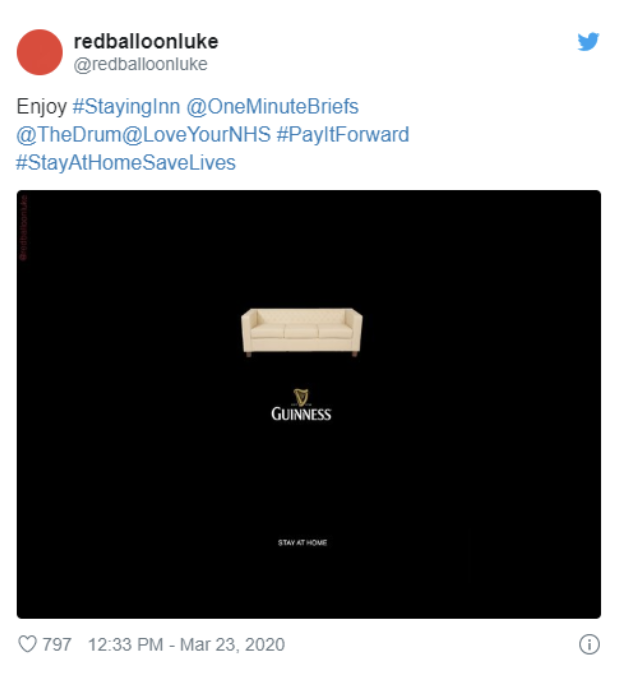
Take extra precautions to protect your image during this time.
Step 4: Ramp up Your Security
Your messaging isn’t the only thing that will have an impact on your brand image and trustworthiness today. You’ll also need to ensure that you can make your customers feel secure. As more people log into offices and crucial accounts from home, hackers are taking advantage.
Cybercriminals are using the branding of trusted companies to capture customer information in phishing attacks. Even groups like WHO have been exploited.
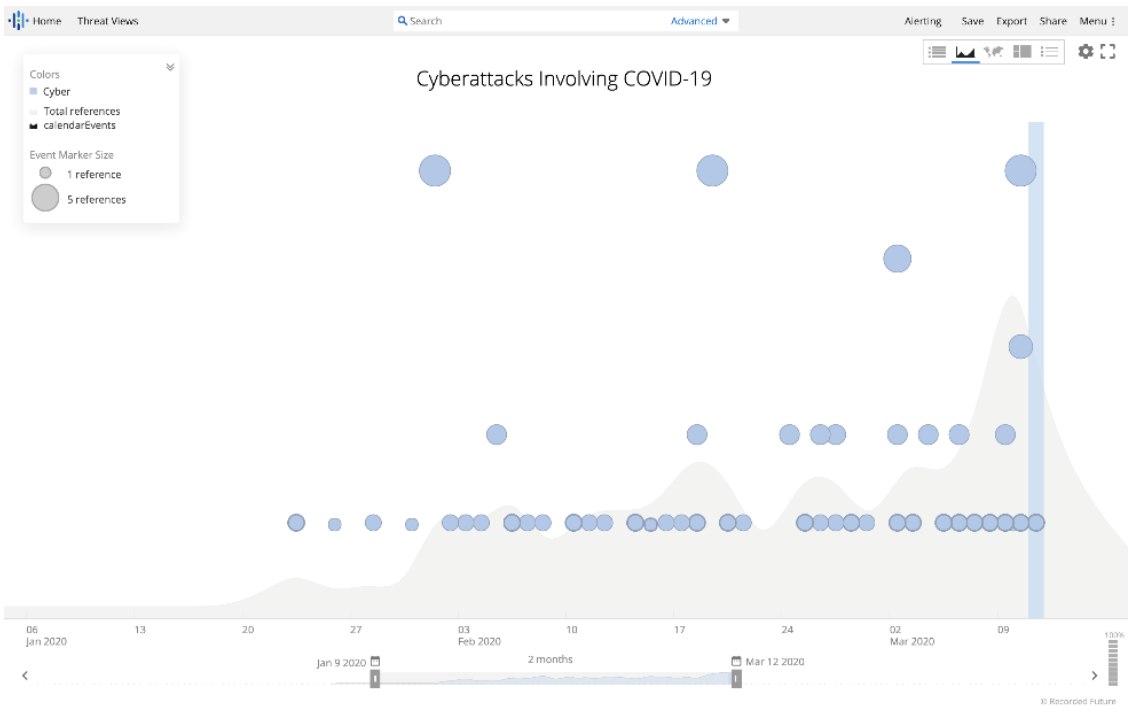
Make sure that you’re taking extra steps to protect your customers when they arrive on your website, either through PPC campaigns or SEO strategies. This means:
- Implement SSL: HTTPS is already a ranking signal, according to Google, so it’s worth having an SSL certificate if you want to boost your SEO potential. Seeing the padlock on your website will also make your customers feel more at ease.
- Run security and diagnostic reports: It can be difficult to determine if your site has been infected with malware or contains malicious code. Using Google’s safe browsing tool is an easy way to see if any malware or phishing content is detected. Depending on your site’s CMS, you could run a diagnostic scan through a security & protection platform like Sucuri. This tool is particularly useful for checking for known viruses and other security errors on sites powered by WordPress.
Step 5: Revisit your Ad Schedule
Consumers are increasingly keen to get their hands on information these days, particularly about COVID-19 and what’s happening in the world around them. That means that you’re going to need to arrange your ad schedules to ensure that your content airs at the right time.
The good news is that you can easily track the performance of your campaign directly in Google Ads or the Cohort Analysis report in Google Analytics.
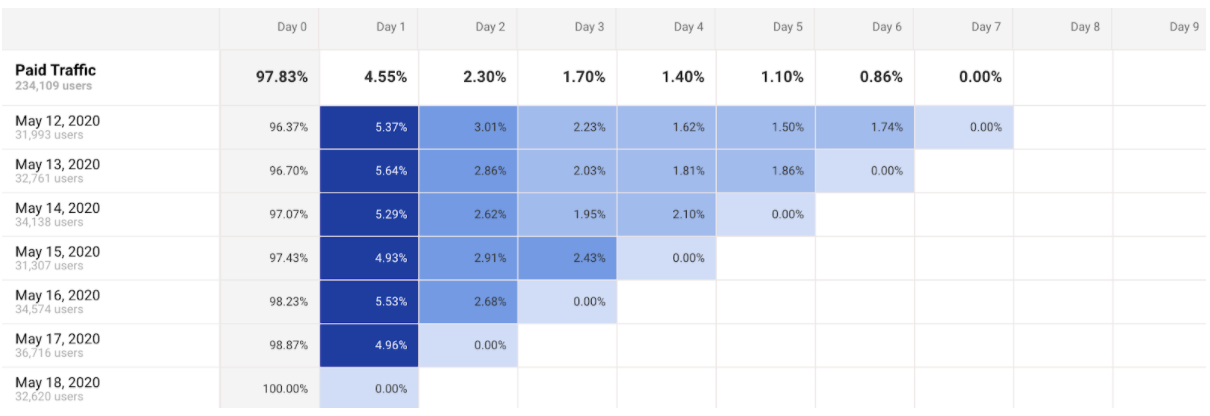
Revisiting your ad schedule by clicking on Segment and Time within Google ads will give you a better overview of when your customers are most likely to interact with your brand.
Based on the information you collect, you may decide to use new strategies, like Dayparting, to ensure you reach customers at the right times. For instance, Dayparting displays ad campaigns only at certain times of day, when your target audience is most likely to click on your content.
For instance, if you know that your target city gets a lot of COVID-19 announcements at 6 pm, you might also know that your customers are more likely to be looking for health information after that. However, during the day, between 12 and 3 pm, they might be searching for ways to take their mind off things like social distancing.

Another option is Smart Bidding.
The COVID-19 pandemic is going to present all businesses with new challenges to face when it comes to timing their PPC ads. Smart bidding could help you to digest the changing data with help from Google’s machine learning algorithms
With Google Smart Bids, you can adjust your CPC ads in real-time to support your evolving goals.
Step 6: Reconsider Your Keywords
It’s important not to jump too quickly into a COVID-focused strategy with your keywords. While it’s clear that people will be searching for information on the coronavirus today, that doesn’t mean that discussing this topic will be relevant to your business.
However, in this complicated time, when your customer’s priorities are changing, it may be worth rethinking your keyword strategy. The clients that you serve might be searching more for “curbside pickup” than they did before.
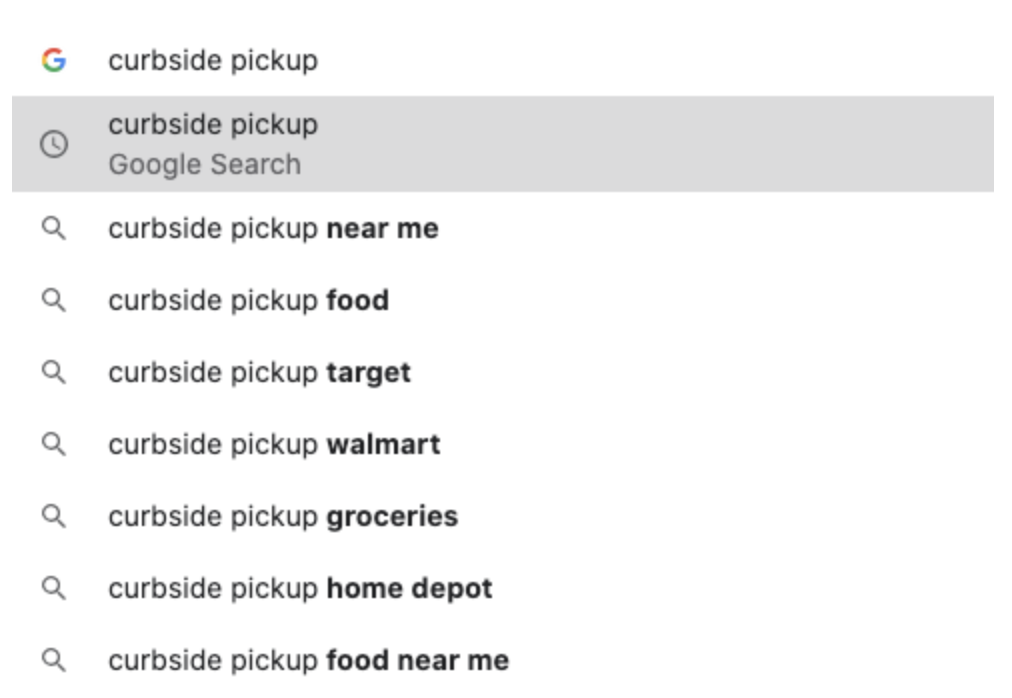
Check your GSC search analytics, and search query reports for insight into what’s actually trending for your space. Remember, it’s also worth examining the content competitors are publishing and the terms they are ranking for right now. This may give some insights into your customer base that you have yet to discover.
While you’re updating your keywords, remember to add any necessary negative keywords to your list too. For instance, if you can’t offer things like “Next Day Delivery” anymore, then you shouldn’t be ranking in Google or Bing for that service.
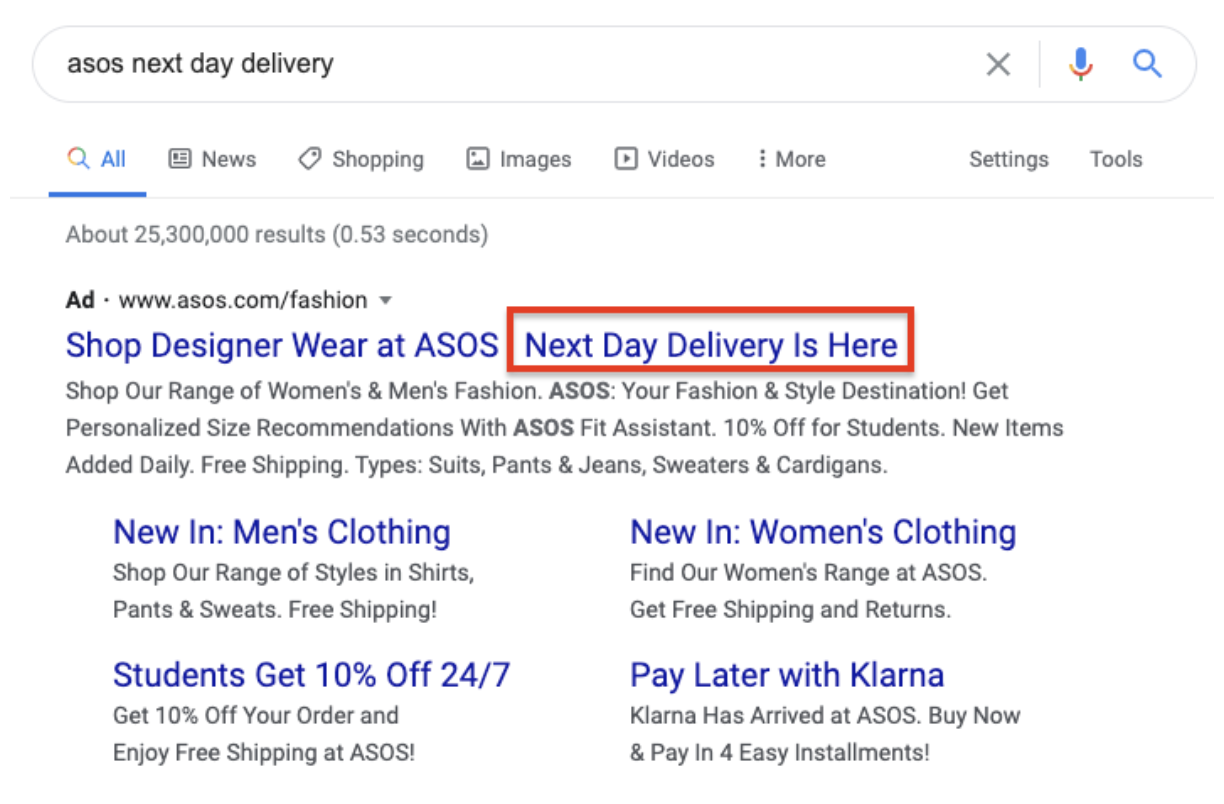
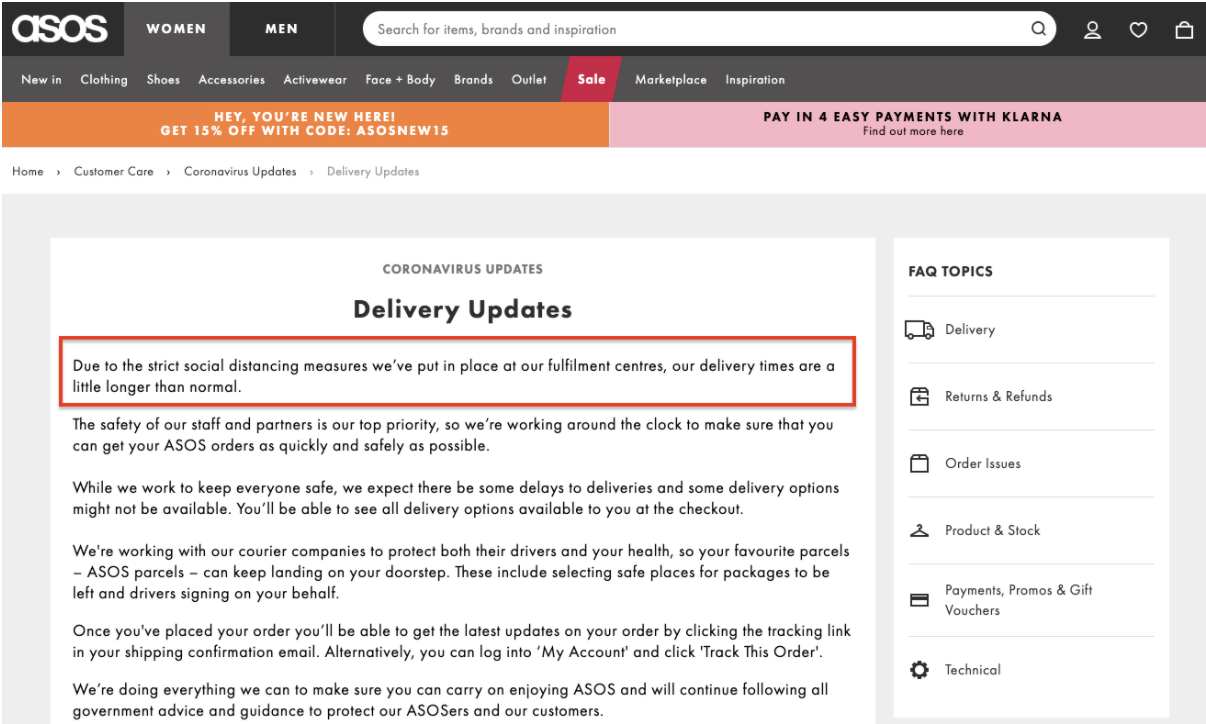
Don’t Underestimate the Power of Search
When customer sentiment is changing, and spending power is shifting, business owners and marketing experts often panic, and immediately begin to reduce their budget. However, as tempting as it might be to hold back on your marketing efforts until you know more about the current marketplace, this could be a mistake.
Failing to continue building your presence and working on your marketing and advertising efforts in this challenging time could mean that you miss a crucial opportunity to capture customer attention when your clients are stuck at home and looking for you.
With people still too nervous to venture outdoors, you have a captive audience for your Paid Search and SEO campaigns. All you need to do is learn how to use them properly.
Focus on:
- Creating the right content to build trust and credibility for your brand.
- Being proactive about developing your web presence.
- Auditing and optimizing upcoming campaigns to suit the current environment.
- Increasing security and making your customers feel safe.
- Revisiting your ad schedule and being smart about timing
Get all of that right, and you could come out of this pandemic stronger than ever. Learn more about some of the best marketing strategies with our blog, and don’t hesitate to reach out to us for any help on how to get started.
